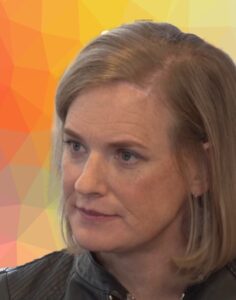Occupation
American geophysicist
Birth/Death Dates
December 17, 1926 – January 27, 1987
Summary
reversals significantly contributed to the theory of plate tectonics. Cox won many awards, including the prestigious Vetlesen Prize, and was the president of the American Geophysical Union. He was the author of over a hundred scientific papers and authored or edited two books on plate tectonics. Cox was hired as a professor at Stanford University in 1967 and became Dean of the School of Earth Sciences in 1979.
Cox died on January 27, 1987. Two years later, his longtime partner, Clyde Wahrhaftig, came out as gay during his acceptance speech for the Geological Society of America’s Career Achievement Award, revealing Cox’s sexuality as well.
Educational Background
- University of California, Berkeley (Ph.D., 1959)
Struggles this Innovator Overcame
As a chemistry major at the University of California, Berkeley, Cox’s grades were too low to avoid being drafted into the United States Army. After he returned from duty, he switched his major to geology, an area he excelled in.
Problems this Innovator Solved
While working at the United States Geological Survey in Menlo Park, California, Cox collaborated on rock magnetism with another geophysicist, Richard Doell. They shared an interest in geomagnetic reversals. At the time, very little was known about the timing of reversals.
Later, Brent Dalrymple, a Berkeley graduate with expertise in this method, joined USGS. The three created the first geomagnetic polarity time scale, which made the first test of the seafloor spreading hypothesis, conducted by Frederick Vine and Drummond Matthews, possible.
How this innovator changed the world (or at least their corner of it)
Cox’s work on dating geomagnetic reversals, with Doell and Dalrymple, made a significant contribution to the theory of plate tectonics.
Lasting changes from this innovator’s work or how they trailblazed
Cox and his colleagues were instrumental in developing a way to measure the changes in the Earth’s magnetic alignment and the geomagnetic polarity time scale. Their method enabled the testing of the seafloor spreading hypothesis, which gave some of the first credible evidence to the theory of plate tectonics, in which Cox became a leader.
https://en.wikipedia.org/wiki/Allan_V._Cox
Written by Donna Abosch






